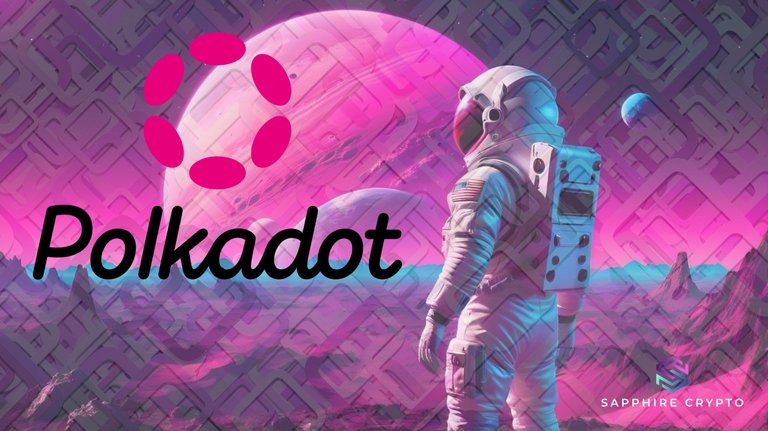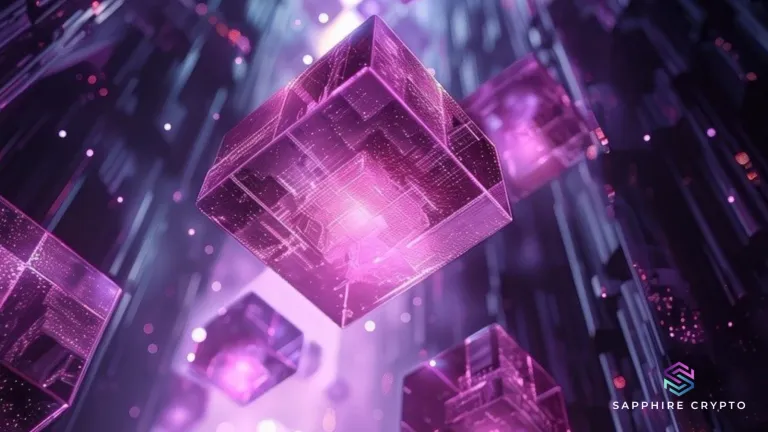
Layer 0 Changes The Game
In the past several years layer 1s have enjoyed a significant level of success and attention, with chains like Ethereum, Solana, BNB, and many others stealing the limelight. However, layer 0 projects such as Polkadot extend the scope of exposure, creativity, and interoperability far beyond that of layer 1s. In Polkadot’s case, every project built on top of the protocol is essentially a layer 1 operating as a parachain. This dynamic has the potential to create an enormous ecosystem.
Layer 1s house a plethora of dApps, whereas layer 0s facilitate a plethora of layer 1s. In simple terms, layer 1s are similar to a house, whereas layer 0s are similar to an entire neighborhood, or even a city. Essentially, layer 0 technology is forward-thinking, it envisions a world overtaken by mass adoption. A world that not only embraces blockchain technology, but the ease of a WEB3-based interoperable world.
It’s a game changer and projects that were once housed on layer 1 blockchains have chosen to become their own layer 1 blockchain by migrating to Polkadot in the form of a parachain, which is essentially a layer 1. The Polkadot ecosystem is growing at an alarming rate. However, up until now, it has not reflected in the price. Some find this concerning. However, they forget that Polkadot is only 4 years old, launched during the peak of the previous bull market and has been in a bear market for almost 2 years, along with the rest of the market.
Interoperability & Technical Advancement
It’s no coincidence that the Peaq Network is home to more than 25 DePIN projects, which is a Polkadot parachain. The need for fast, accurate, and up to date data is imperative. Solana is pretty fast. However, what becomes of the data during an outage? Reasons like this, together with many others are causing developers to look elsewhere. Polkadot has been attracting a lot of attention regarding its technological superiority. Furthermore, the Interoperability of the Polkadot ecosystem is another positive.

As the ecosystem expands, so does the Interoperability of the parachains operating within it. Wallets such as Nova Wallet offer excellent Interoperability. Users can transfer assets seamlessly by simply choosing which chain they wish to send assets to. It’s as simple as performing a native transaction and due to an affordable fee structure, is speedy and inexpensive. I have been a firm advocate of the Polkadot ecosystem for some time and expect it to perform phenomenally well over the longer term.
Another draw card is that not only is Polkadot a Proof-of-Stake protocol, but so are many of its parachains. Chains such as Polkadex and Kalamari, offer staking rewards in excess of 22%, which is an excellent return, especially in a bull market. Picking up PoS tokens at rock bottom prices is one of the simplest, and perhaps, even safest ways to position oneself in a bull market. That’s my thought anyway.
Final Thoughts
It’s important to note that Gavin Wood is one of the co-founders of Ethereum. He is well aware of its limitations and barriers to entry. Polkadot is designed to be inclusive, unlike Ethereum which has sadly become more exclusive than anything else. There also appears to be a lot of interest in Polkadot regarding the DePIN and Gaming sectors.
An effective on-chain presence regardless of the reason requires multiple transactions. The majority of on-chain use cases and protocols (especially gaming) require the ability to transact multiple times, inexpensively and speedily. It’s not a privilege but a must! Anyway, that’s it for this one. See you next time!

Disclaimer
First of all, I am not a financial advisor. All information provided on this website is strictly my own opinion and not financial advice. I do make use of affiliate links. Purchasing or interacting with any third-party company could result in me receiving a commission. In some instances, utilizing an affiliate link can also result in a bonus or discount.
This article was first published on Sapphire Crypto.
Posted Using InLeo Alpha